Celestron FirstScope 76mm Tabletop Dobsonian Telescope
₹8,999.00
The Celestron FirstScope is very low-quality and has rather lackluster views. But its stable mount, ease of use, and rock-bottom price tag give it a pass in our book. It may not be the best, but for the money, it’s a surprisingly fun little scope that is a great jumping-off point for better things.
Description
The Celestron FirstScope is a 76mm (3”) f/3.95 Newtonian reflector with a focal length of 300mm and a spherical primary mirror.
If you have done some basic research about telescopes, you probably know that a spherical mirror won’t focus light correctly like a parabolic one does. That is indeed the case with the Celestron FirstScope. It doesn’t deliver sharp images at anything over about 40x.
The focuser on the FirstScope is actually more or less the same thing you see supplied on most cheap small Newtonians, even four times its price: a plastic 1.25” rack and pinion.
The Celestron FirstScope has no finder. You’re supposed to simply sight along the tube. With the low-power 20mm eyepiece that comes with the scope, which only magnifies 15x, this is easy enough to do. But it may take some practice for beginners.
The tube of the Celestron FirstScope is wrapped in vinyl with the names of famous astronomers, physicists, and opticians from throughout history. This is a nice touch, we confess.
The Dobsonian Mount
The FirstScope 76 Newtonian reflector telescope comes with a simple tabletop Dobsonian mount to which it is semi-permanently attached. Altitude tensioning can be adjusted with a hand knob, while azimuth can be adjusted by tightening or loosening the nut in the middle. As to the smoothness of the mount’s motions, they’re pretty good.
What can you see with the Celestron FirstScope?
Surprisingly, my ability to aim the Celestron FirstScope 76 is more important than its optics when it comes to how well it works. Anything besides the Moon, planets, or any other naked-eye visible target is a bit of a challenge to find.
Testing Solar System Targets
Within the solar system, I’d advise you not to get your expectations too high.
Mercury, through the FirstScope, is a mushy blob. Venus shows its phases, and the Moon looks pretty good (especially if you’ve never looked through a telescope before).
Mars is a featureless red blob even when it’s in opposition—not even the ice cap is visible.
Jupiter’s moons are visible, and the cloud bands can just barely be spotted. Saturn’s rings and a couple moons can also be seen.
Good luck finding Uranus or Neptune, let alone distinguishing them from stars.
Testing Deep-Sky Targets
Galaxies are, of course, quite underwhelming in the Celestron FirstScope.
Under less-than-dark skies, only Andromeda and M33 are big enough to easily identify and show little in the way of detail. If you can escape city light pollution, you’ll be rewarded with a dust lane in Andromeda and faint hints of M33’s spiral arms.
With luck, you may be able to spot M81, M82, M51, and some of the brighter members of the Virgo Cluster or the Leo Triplet, but they’re quite tiny at 15x and won’t show any detail.
Globular clusters can be seen with the Celestron FirstScope, and they can be clearly distinguished from stars even at just 15x with the 20mm Huygens. However, no 3″ telescope, and especially not one with the poor optics of the FirstScope, can resolve stars in them.
Forget observing planetary nebulae—they’re too small to identify at 20x and trying to increase the power will, of course, only lead to blurry views.
Bright, big nebulae like Orion and the Lagoon can be seen through the FirstScope, but for the best views, the sky needs to be dark.
Open star clusters, which are hard to find without a finder, are probably the most beautiful things to see through the Celestron FirstScope because they are bright, don’t have much fine detail, and are usually pretty big. The Double Cluster and the Pleiades, in particular, look excellent and are relatively easy to get the FirstScope pointed at.
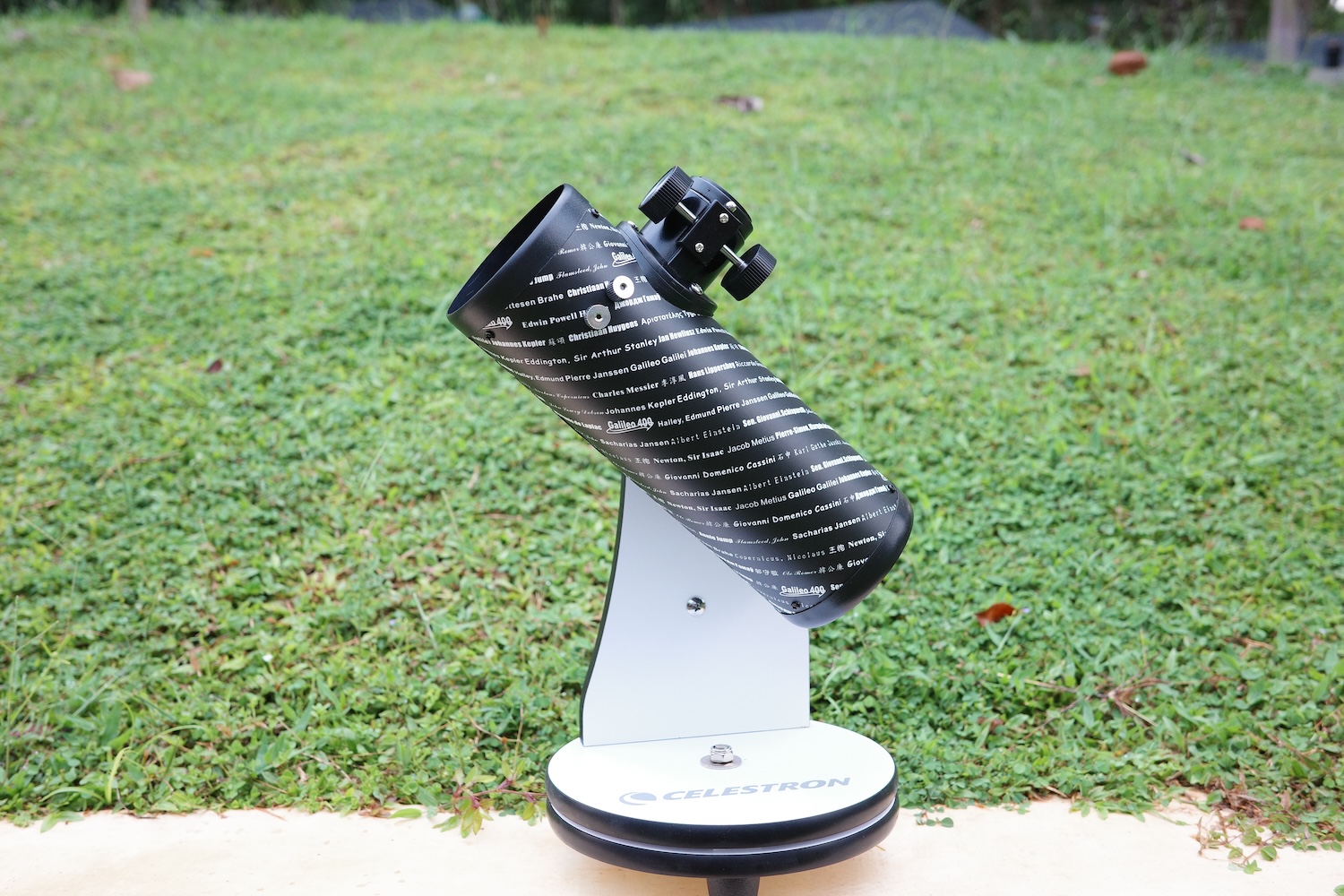
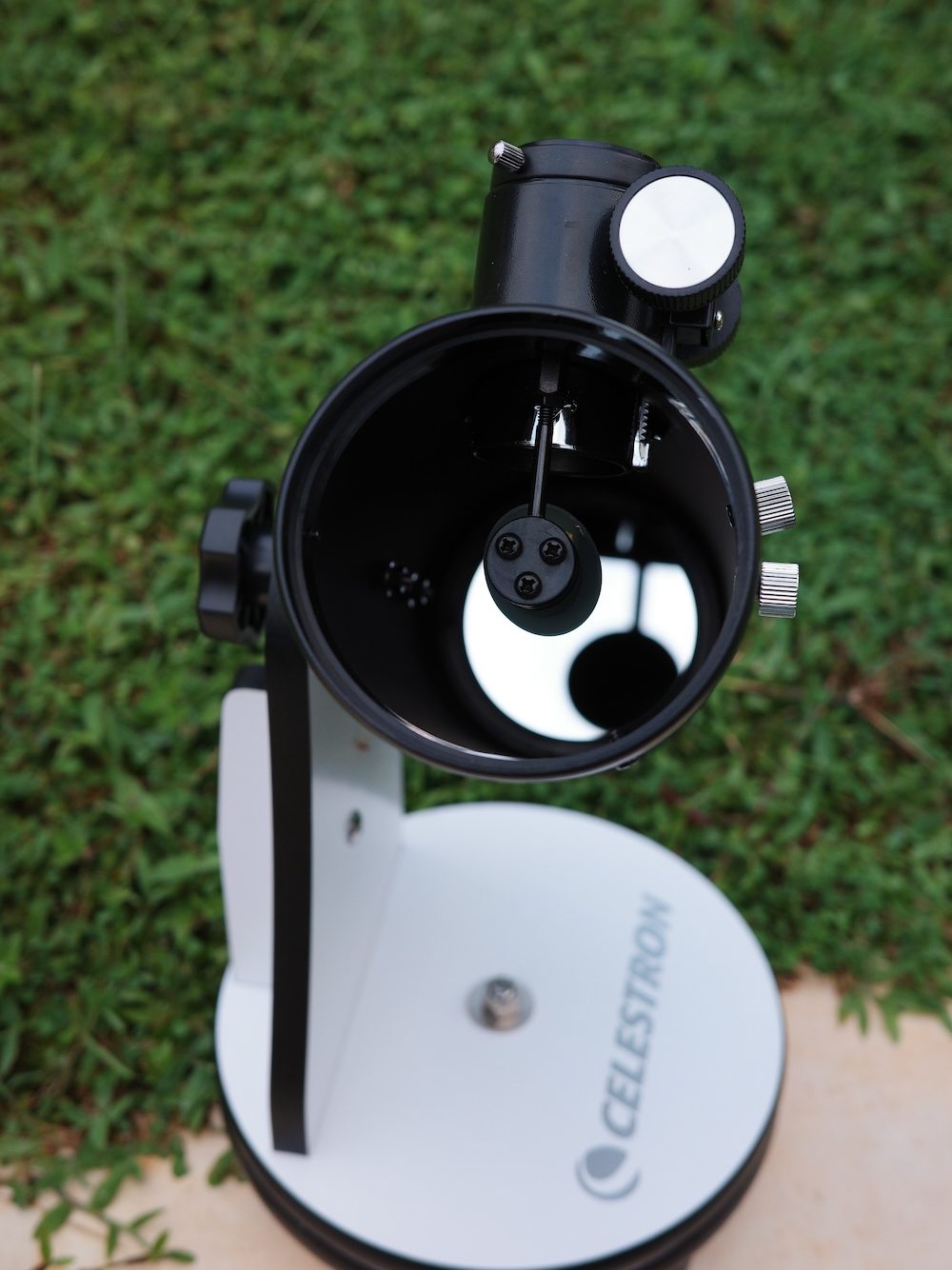
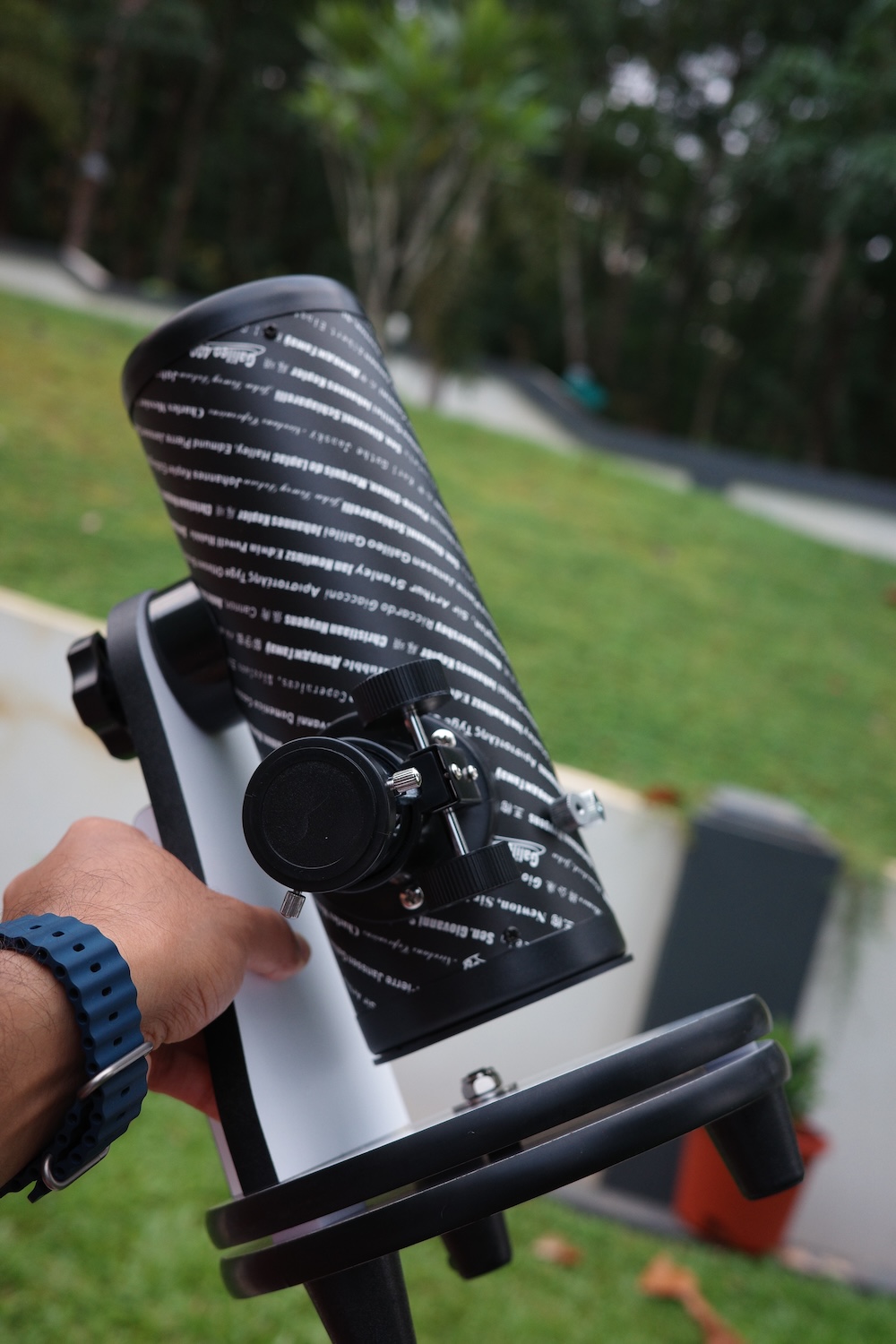

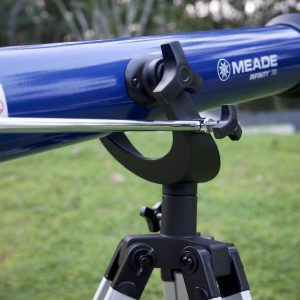
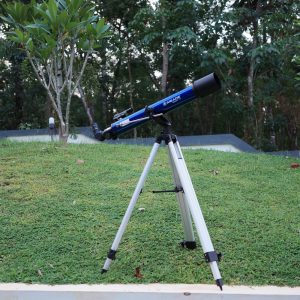
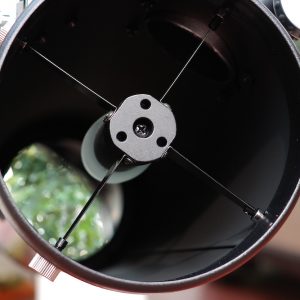
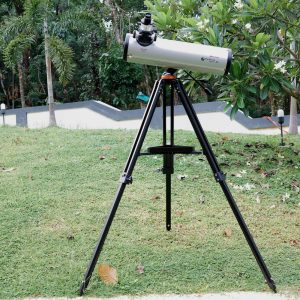
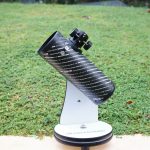
Reviews
There are no reviews yet.